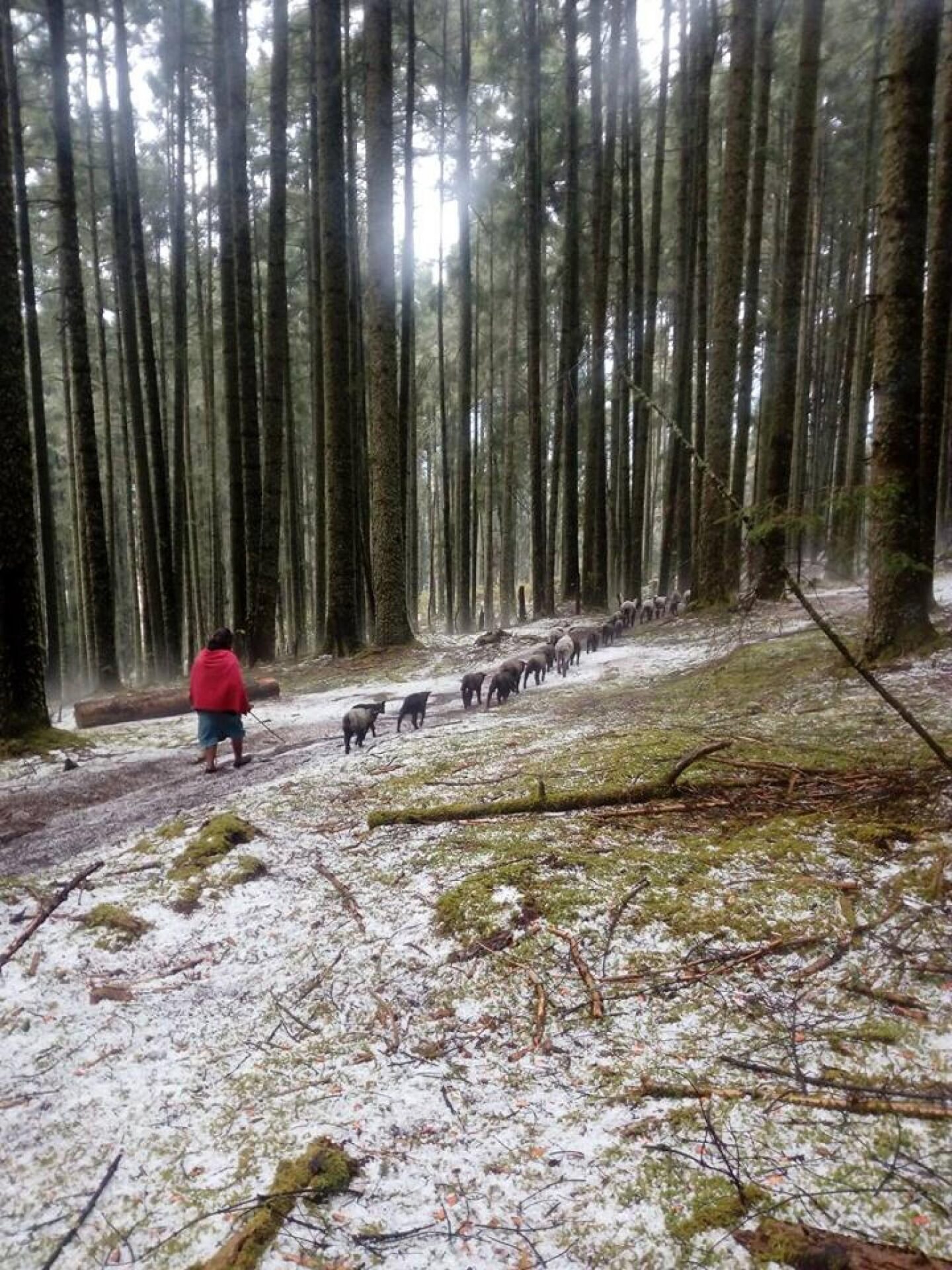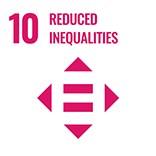Strengthening community management and livestock farmers’ livelihoods for conserving high mountain forests and grasslands of Mexico

Summary
This solution focused on an Ecosystem-based approach (EbA) to increase the ecological resilience of the area and mitigate climate change impacts.
The high mountain region in the transmexican volcanic belt has faced great amounts of pasture degradation, deforestation and biodiversity loss. These losses were the product of years of bad agricultural practices, technology exclusion and underrated ecosystem services. Such practices have threatened local rural livelihoods causing a damaged inter-community relationship. Following these concerns a project was implemented in 7 different communities within the natural protected areas of the transmexican volcanic belt. The main objective of the project was to reconstruct the local relationships within the communities so people could value ecosystem services through a more holistic perspective, so they could have a better understanding of nature and its importance.
The main challenges faced by the project were: land and forest degradation, biodiversity loss, social conflicts, unemployment and poverty, extreme climatic conditions (drought and frost), lack of alternative income opportunities, lack of infrastructure, gender inequality, productive exclusion and technological exclusion.
Overview
- Location:
- Implementation sites:
- Single country
- Single location
- Mountain region:
Sierra Nevada
- Province:
- Zinacantepec
- Site locations:
APFF Nevado de Toluca, APRN Valle de Bravo, PN Lagunas de Zempoala, APFF Corredor Chichinautzin, PN El Tepozteco, PN Iztaccíhuatl-Popocatépetl, PN La Malinche
- Solution scale:
- Ecosystem type(s):
- Solution type(s):
- Climate impact(s) addressed:
- Impact time-scales:
- Co-benefits:
- Implementation timeline:
- 2018 - 2022
- Sendai targets:
Solution details
Main beneficiaries & outcomes
Solution beneficiaries included 7 communities within and outside the natural protected areas. Within these communities, 682 women and men acquired better management practices, which they implemented to achieve better grazing and livestock farming practices.
Regarding outcomes, the project focused on increasing community social inclusion, promoting gender equity, participation and capacity building, grazing management and, finally, the introduction of new types of forages that reduce vulnerability due to lack of food for livestock in the region.
The building blocks below describe the different activities that, together, enabled these outcomes. These include Farmer Field Schools (FFS), which is an approach that has been used by multiple actors in various contexts to build the capacity of farmers and integrate local, traditional and climate knowledge. More examples of farmer field schools can be found here (on weADAPT) and here (on PANORAMA).
Planning and implementation
The project consisted of three building blocks:
Building Block 1: Analysis of the economic and socio-environmental situation
The analysis allowed to create alternatives for the management of the territory. Here, a participatory commitment was generated with the communities, in order to understand the main vulnerabilities of protected areas to climate change. The team used tools, such as the Analysis of Social Vulnerability to Climate Impacts at the local level within protected areas of the CONANP (National Commission of Protected Natural Areas). This tool helped to identify the level of access or control over natural resources and the collective capacity of the inhabitants to adapt to adverse changes.
Building Block 2: Capacity building through the creation of Farmer Field Schools
Farmer Field Schools (FFS) help ranchers learn through observation and experimentation within their own pens and grazing areas. The FFS strengthen the technical and functional capacity of the participants. In addition, they promote the creation of inclusive community development, through the empowerment of women and gender equality and by creating mutual trust within the community.
Building Block 3: Holistic management of grasslands and forests to improve the quality of life of communities
Holistic management can repair the cycles of water, minerals, organic matter and microbiology in mountainous territories. In addition, it can generate higher profitability, improve animal and plant health, and strengthen forest and grassland restoration in a more sustainable way. Well-managed livestock is the solution to many interconnected problems, starting with climate change, reducing the production of greenhouse gases and as carbon sinks. All of the above must be planned and developed with families in mind, since they are a fundamental axis for a successful implementation.
Finance
The project was financed by German Federal Ministry for Economic Cooperation and Development (BMZ). Neither was there co-financing, nor did the private sector play a role in this context.
Innovation
The project had a clear vision of the respective stakeholders’ interests. Together with CONANP, coordination platforms for priority issues were established. This system was highly valued by CONANP, as they had a real impact on the decision making of the project, which was greatly appreciated.
With regards to learning and innovation, the project facilitated “learning communities” and focused on capacity building of partners in adaptive management.
Long term project sustainability and maintenance
The COBEN II project has taken a highly positive approach to the principle of inclusion throughout its activities, particularly in the field of mountain livestock production. By partnering with academia and other stakeholders, the project has successfully created solutions that improve sustainability and encouraged the involvement of women and the elderly in the training process.







(0) Comments
There is no contentYou must be logged in to reply.